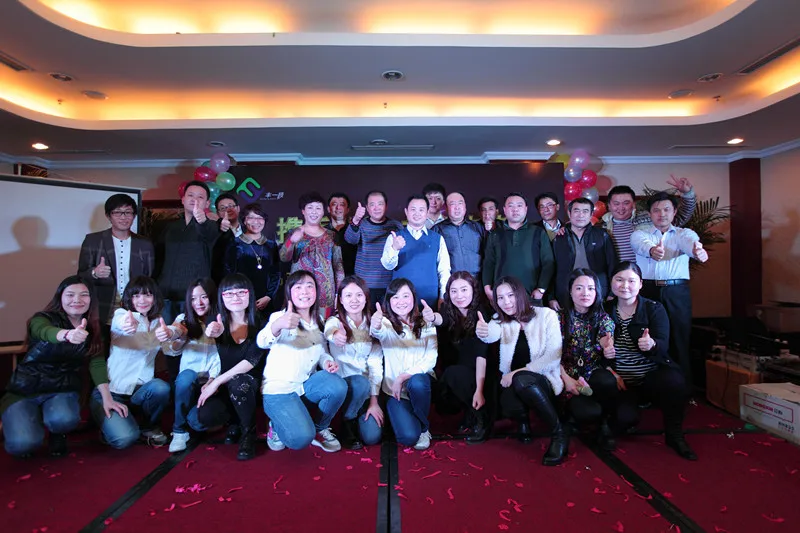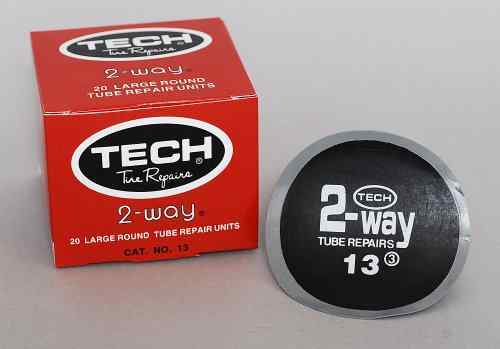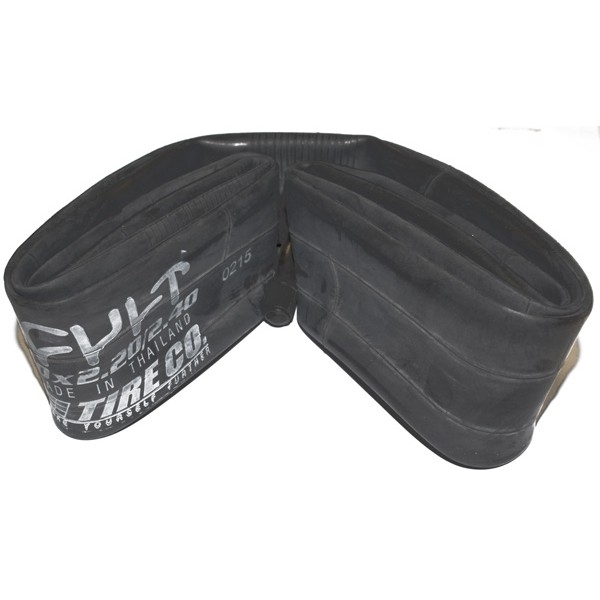ShowAll tyresOnly in stock
Sort byBrand (A-Z)Brand (Z-A)Model (A-Z)Model (Z-A)Size (ASC)Size (DESC)
Usage: Truck×Usage: Earthmover×Usage: Wheels×Reset all filters ×
NEW
NEW
NEW
NEW
NEW
NEW
NEW
Video
Contact Now
Video
Contact Now
Video
Contact Now
Video
Contact Now
Video
Contact Now
Video
Contact Now
Video
Contact Now
Video
Contact Now
Video
Contact Now
Contact Now
Contact Now
Video
Contact Now
Video
Contact Now
Video
Contact Now
Contact Now
Video
Contact Now
Video
Contact Now
Contact Now
Contact Now
Contact Now
Contact Now
Contact Now
Contact Now
Video
Contact Now
Contact Now
Contact Now
Video
Contact Now
Contact Now
{{ util. each(imageUrls, function(imageUrl){ }}
{{ }) }}
{{ if(imageUrls.length > 1){ }}
{{ } }}
| Business Type: | Trading Company | |
| Main Products: | All Steel Radial Truck Tyre; Solid Tyre; Semi Steel Radial Passenger Car Tyre; Industrial . .. .. | |
| Registered Capital: | 443406.54 USD | |
| Plant Area: | 100 square meters | |
| Management System Certification: | ISO 9001, ISO 9000, ISO 14000, IATF16949 | |
| Average Lead Time: | Peak Season Lead Time: within 15 workdays Off Season Lead Time: within 15 workdays |
Passion tyre is a leading player in the China tyre industry, which was established by senior insiders. The founder has been in this industry for over 20 years while worked with global famous tyre group.
The founder has been in this industry for over 20 years while worked with global famous tyre group.
Passion Tyre is located in the most beautiful sailing city-Qingdao, Shandong Province, where is the largest tyre producing base of China.
Passion Tyre provide products range from Semi Steel radial Passenger car tyre, All steel radial Truck and bus tyre, All steel radial Off the road tyre, bias off ...
View All
*From:
*To:
Miss Judy Song
*Message:
Enter between 20 to 4,000 characters.
This is not what you are looking for? Post a Sourcing Request Now
 ru
ru Articulated suspension of the working body of the earth-moving machine
Illustrations
Show all
Abstract
%? 9 "* l.Class 846, 3<з
Щ 138533
USSR
DESCRIPTION OF THE INVENTION
TO AUTHOR'S CERTIFICATE
Subscription group LV 278
Yu. L, Grausman, VV Romanenko and NI Kochev
HINGED SUSPENSION OF THE WORKING BODY OF THE GROWER
MACHINES
Declared October 25, 1960 r. No. 683366 29 to the Committee for Inventions and Discoveries under the Council of Ministers of the USSR
Published in Bulletin of the Invention No. 10 of 1961 link in the form of a hydraulic cylinder that provides the necessary movement of the mechanism.
The proposed articulated suspension provides the working body, when it moves in the ground, free movement, limited within the specified limits due to the fact that the telescopically sliding link is articulated with other links of the mechanism using ball pins.
Fig. 1 shows the proposed suspension together with the working body and the wagon; in fig. 2 - section along A-A of one telescopic rod (link) in Fig. one; in fig. 3 - the same, view of another rod (link).
The left telescopic rod consists of the following parts: ball stop 1, mounted on the rotary gearbox; ball stop 2, fixed on the reducer of the working body; outer pipe 8 with a spherical stop; inner pipe 4 with a spherical stop; spherical cover b.
The right telescopic rod consists of the following parts: bracket 6 with a ball stop fixed on the machine body; bracket 7 with a ball stop fixed on the frame of the working body; outer pipe 8 with spherical support; internal Tpv6bI 9with spherical base.
The four-link mechanism includes a lifting frame 10, a frame 11 of the working body 12 (to change the position of which is the hydraulic cylinder 18), a telescopic link 14 and the base machine.
In the working position, the telescopic link 14 is extended and due to telescopicity; on the one hand, and the presence of ball bearings, on the other hand, provides the working body with the necessary degrees of freedom.
The transfer of the working body to the transport position is carried out by turning the lifting frame 10, using the hydraulic cylinder 18. In this case, the working body 12 will approach the machine, the telescopic rods will move in until the end face 15 of the outer pipe 8 rests against the end face of the annular belt of the pipe 4 , and the end 1b of the inner pipe 9reaches the end of the outer pipe 8. Fixation in the horizontal direction is carried out by closing the hinge 17 using a pin.
After that, the working body 12 will rise clearly along a well-defined trajectory (along the radius) and move to the transport position. The process of transferring from the transport position to the working position occurs in the reverse order.
The presence of spherical stops in the rods allows the working body to find the desired position when lifting it to the transport position and back. The axis of the spherical stops coincides with the axis of rotation of the universal joints, so that the spherical rods do not interfere with the operation of the machine.
In addition, the left telescopic shaft is also a protective cover for cardan shafts.
The proposed suspension can be used for mounting a rotary earth-moving body 12, which must be in a "floating" position during operation characterized in that, in order to ensure that the working body, when moving in the ground, free movement, limited within the specified limits, the telescopically sliding link is articulated with other links of the mechanism using ball pins.
Editor M. A. Mrochko
Techredist A. M. Toker Proofreader N. V. Shcherbakova
llodp. for oven 2ZX1-61 g
Order no. 5828
Paper size 70X108 /,6
Circulation 650
CBTI under the Committee for Inventions and Discoveries under the Council of Ministers of the USSR
Moscow, Center, M. Cherkassky per., 2/.6
Volume 0.18 ed. l.
Price 4 kop.
TsBTI Printing House of the Committee for Inventions and Discoveries under the Council of Ministers of the USSR, Moscow, Petrovka, 14,
Page 3 [31]
The width of trench along the bottom on straight sections of pipeline routes must be at least D 300 mm (but not less than 0 7 m) for pipelines with a diameter of up to 700 mm; 1 5. 0 - 700 mm or more. For pipelines with a diameter of 1220 × 1420 mm, with trenches with slopes of nolozho 1: 0 5, the width may be reduced to D 500 mm. The trench syringe when ballasting pipelines with cast-iron or reinforced concrete loads should be at least B 1000 mm (where B is the width of the load), when fixing pipelines with anchor devices - at least D 2d 200 mm, where d is the diameter of the anchor blade, mm. In all cases, the width of the trench along the bottom must correspond to the width of the cutting edge of the working body of the earth-moving machine, adopted by the project, but not less than the width of the trenches indicated above. [32]
0 - 700 mm or more. For pipelines with a diameter of 1220 × 1420 mm, with trenches with slopes of nolozho 1: 0 5, the width may be reduced to D 500 mm. The trench syringe when ballasting pipelines with cast-iron or reinforced concrete loads should be at least B 1000 mm (where B is the width of the load), when fixing pipelines with anchor devices - at least D 2d 200 mm, where d is the diameter of the anchor blade, mm. In all cases, the width of the trench along the bottom must correspond to the width of the cutting edge of the working body of the earth-moving machine, adopted by the project, but not less than the width of the trenches indicated above. [32]
The width of trench at the lower level is 0 3 - 0 5 m, and at the top 0 8 - 2 5 m, depending on the angle of repose of the soil. The length of the trench is determined by the number of electrodes to be installed. In the case of using coke filling, it is placed in an even layer with a thickness of 0 1 m along the bottom of the trench. This layer is leveled and rammed. Then, iron-silicon anodes are laid along the trench at a distance of 3–5 m from each other, which are covered with a layer of coke breeze at least 0–1 m thick from above, followed by ramming. If the anodes are installed without coke breeze, then they are covered with clay soil. [33]
This layer is leveled and rammed. Then, iron-silicon anodes are laid along the trench at a distance of 3–5 m from each other, which are covered with a layer of coke breeze at least 0–1 m thick from above, followed by ramming. If the anodes are installed without coke breeze, then they are covered with clay soil. [33]
Trench width - from 0 3 to 1 5 m - is changed by installing widening knives on the buckets, changing buckets or installing a second row of buckets. Possible deepening of wheeled vehicles does not exceed 60 - 70% of the wheel diameter. [34]
The width of the trench shall be such that there is a distance of 0 30 m between the pipe edge and the inner surface of the fixings or the wall of the unsecured trench if the diameter of the asbestos-cement pipe does not exceed 300 mm, and 0 40 m if the diameter of the pipe more than 300 mm. [35]
The width of trench along the bottom depends on the type of dredgers or other equipment used, as well as on sediment drift. [36]
[36]
The bottom width of trench shall be 0.1 m less than its top width. The depth of the trench in cohesive and loose soils, as a rule, is 0 9 - 1 2 g, and in special cases it may differ from the usually accepted one. With insufficient soil strength and the possibility of collapses, the walls are made with slopes or reinforced with wooden shields. [37]
| Reservation of excavator bucket frame lifting ropes. [38] |
The width of the rectangular trench is the same as the width of the buckets. The rotor shaft / / is driven by an electric motor 9 through a flexible coupling 10 and a gearbox. Rotor ring gears 6 are attached to the ends of the rotor disks. These crowns are engaged with the gears of the rotor drive shaft. When the excavator moves with simultaneous rotation of the rotor, the buckets 3 cut the soil. The cut soil in the upper position of the buckets is poured onto the conveyor 14, which throws it away from the trench. Shown in fig. A 170 bucket wheel excavator is coupled to a diesel-electric tractor. [39]
Shown in fig. A 170 bucket wheel excavator is coupled to a diesel-electric tractor. [39]
The width of the trench along the bottom with channelless laying of two pipelines (supply and return) should be taken equal to the sum of the diameters of the two pipes plus 0 65 m for pipe diameters up to 500 mm, including insulation, and plus 0 95 m for diameters over 500 mm . When laying more than two pipes, the diameter of the pipe (with insulation) plus 0 15 m for each additional pipe is added to the specified trench width. If, due to the state of the soil or other local conditions, it is necessary to fasten the trench, then its width should be increased accordingly. [40]
The width of the trench in the floodplain areas and the permissible steepness of the slopes of the trenches (including underwater ones) should be taken in accordance with § 5.7. At crossings through water barriers, depending on the methods of work and flow rates, it is recommended to take the following width of underwater trenches.